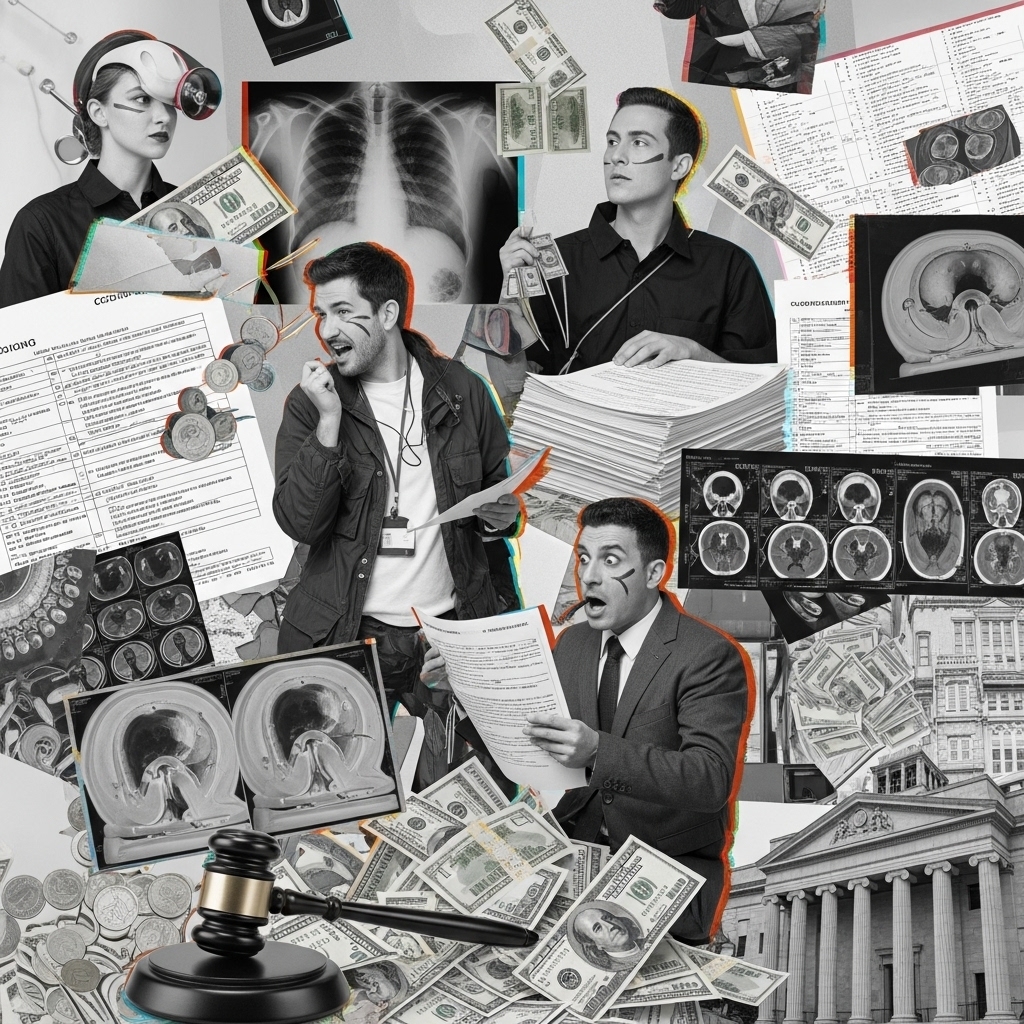

The declaration comes on Friday the 13th long considered a harbinger of bad luck.
Responding to the coronavirus pandemic, President Trump declared a national state of emergency today, as COVID-19 continues to wreak havoc throughout America, disrupting daily life for people, places, and commerce.
The declaration came at the end of a week featuring a cascade of news about closings of schools and courts, and postponements of sports and entertainment events. Notably, the U.S. Supreme Court will be closed to the public until further notice, “out of concern for the health and safety of the public and Supreme Court employees,” the Court said Thursday, adding that the building will remain open for official business.
Earlier today, the Louisiana Secretary of State ordered the postponement of the state’s presidential primary election, originally scheduled for April 4, but now to be held on June 20.
According to the Centers for Disease Control and Prevention (CDC), there are 1,629 cases of the virus in the U.S. at this writing, with a total of 41 deaths.
Dr. Ronald Hirsch, who monitored a CDC conference call last week, said the overall pattern of contagion does suggest that younger, healthy people have a very low mortality rate, and older patients and those with chronic illnesses have a significantly higher rate.
“Clinically, COVID-19 appears to present like a typical respiratory illness, with fever and cough most common,” Hirsch said in his report to RACmonitor. “Patients may also have myalgia, fatigue, and sore throat, and some patients have reported nausea and diarrhea prior to the onset of respiratory symptoms. Rarely there is hemoptysis.”
Physicians leading the discussion during the call reported that lab testing tends to show leukopenia in two-thirds of patients, often profound lymphopenia. One-third of patients have elevated liver function tests, and it appears that procalcitonin is of no value. Imaging is best done with chest X-ray, and although there are typical findings on CT scan, there have been reports of false-negative studies in patients with confirmed COVID-19, so they do not recommend it as a diagnostic test, instead continuing to recommend swab testing for RT-PCR.
Hirsch learned during the call that treatment remains supportive, with many trials in the U.S. and around the world yielding a particularly promising antiviral from Gilead. Hirsch said the speakers made it clear that there is no role for corticosteroids, unless there is another compelling indication for them, as steroids can increase viral replication.
“On the prevention front,” Hirsch said, “the speakers all emphasized what we have been hearing: avoidance of exposure is key. Patients must be screened carefully and immediately placed in contact and droplet precautions to prevent transmission to healthcare workers.”
Hirsch said one speaker also offered what he described as “alternative methods of patient contact, such as telehealth,” that should be used. The speakers also noted that they are regularly updating their guidance on monitoring of healthcare workers for signs and symptoms of COVID-19, both to protect patients and to ensure that healthcare workers get proper care.
“Because of the growing number of cases, the recent change was to recommend (that) healthcare workers self-report symptoms and not work if ill,” Hirsch said. “The potential shortage of N95 masks to protect healthcare workers is being addressed, with waivers being drafted at the Food and Drug Administration (FDA) to allow certain ‘industrial’ respirators, as used in construction and manufacturing, to be used in hospitals.”
Earlier this week, Dr. Edward Hu with the UNC Health Care System, wrote to members of the RACRelief listserv “this is the real deal, folks.”
“Stay sensible and safe, but don’t panic,” Dr. Hu added. “Preserve protective equipment for front-line healthcare workers; otherwise, there will be no one to care for us when we get sick.”
Responding to Hu, Dr. Michael Salvatore wrote, “we need to be cautious, not fearful. Caution keeps our rational brains online, but fear takes reason offline, which is why horror movies are popular and movies about caution are not.”
Salvatore added that fear is also exciting, so we enjoy it when we can control it – as when closing your eyes during one of those movies. But it is also mentally radioactive. Too much fear, too fast, kills our reason. We become, as rat researchers like to say, “fear conditioned.”
“Our job, as physicians, is to keep our wits when diseases threaten,” Salvatore said, adding that “you need your wits to be cautious. Fear makes us witless, and without wits, we cannot be rationally cautious.”
“Wits are precious things, so don’t throw away the few we all have,” Salvatore advised. “Be cautious.”



Please log in to your account to comment on this article.

Sepsis remains one of the most frequently denied and contested diagnoses, creating costly revenue loss and compliance risks. In this webcast, Angela Comfort, DBA, MBA, RHIA, CDIP, CCS, CCS-P, provides practical, real-world strategies to align documentation with coding guidelines, reconcile Sepsis-2 and Sepsis-3 definitions, and apply compliant queries. You’ll learn how to identify and address documentation gaps, strengthen provider engagement, and defend diagnoses against payer scrutiny—equipping you to protect reimbursement, improve SOI/ROM capture, and reduce audit vulnerability in this high-risk area.

Only ICD10monitor delivers what you need: updates on must-know changes associated with the FY26 IPPS, including new ICD-10-CM/PCS codes, CCs/MCCs, and MS-DRGs, plus insights, analysis and answers to your questions from two of the country’s most respected subject matter experts.

This third session in our 2026 IPPS Masterclass will feature a review of FY26 changes to the MS-DRG methodology and new technology add-on payments (NTAPs), presented by nationally recognized ICD-10 coding expert Christine Geiger, MA, RHIA, CCS, CRC, with bonus insights and analysis from Dr. James Kennedy.

This second session in our 2026 IPPS Masterclass will feature a review the FY26 changes to ICD-10-PCS codes. This information will be presented by nationally recognized ICD-10 coding expert Christine Geiger, MA, RHIA, CCS, CRC, with bonus insights and analysis from Dr. James Kennedy.

During this essential RACmonitor webcast Michael Calahan, PA, MBA Certified Compliance Officer, will clarify the rules, dispel common misconceptions, and equip you with practical strategies to code, document, and bill high-risk split/shared, incident-to & critical care E/M services with confidence. Don’t let audit risks or revenue losses catch your organization off guard — learn exactly what federal auditors are looking for and how to ensure your documentation and reporting stand up to scrutiny.

Learn how to navigate the proposed elimination of the Inpatient-Only list. Gain strategies to assess admission status, avoid denials, protect compliance, and address impacts across Medicare and non-Medicare payors. Essential insights for hospitals.

RACmonitor is proud to welcome back Dr. Ronald Hirsch, one of his most requested webcasts. In this highly anticipated session, Dr. Hirsch will break down the complex Two Midnight Rule Medicare regulations, translating them into clear, actionable guidance. He’ll walk you through the basics of the rule, offer expert interpretation, and apply the rule to real-world clinical scenarios—so you leave with greater clarity, confidence, and the tools to ensure compliance.

Bring your questions and join the conversation during this open forum series, live every Wednesday at 10 a.m. EST from June 11–July 30. Hosted by Chuck Buck, these fast-paced 30-minute sessions connect you directly with top healthcare experts tackling today’s most urgent compliance and policy issues.
Happy National Doctor’s Day! Learn how to get a complimentary webcast on ‘Decoding Social Admissions’ as a token of our heartfelt appreciation! Click here to learn more →
CYBER WEEK IS HERE! Don’t miss your chance to get 20% off now until Dec. 2 with code CYBER24